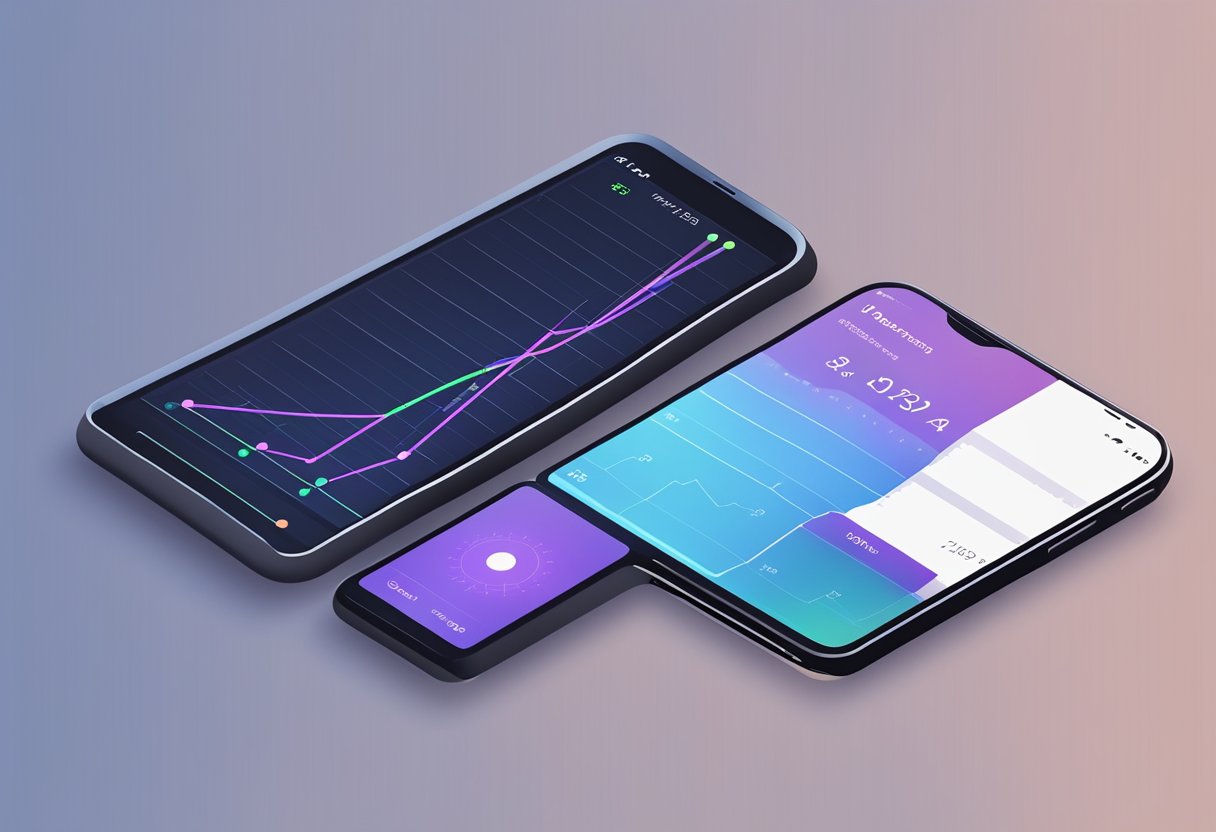React Native is a popular framework for building mobile applications that has been gaining traction in recent years. However, like any software, React Native apps can suffer from performance issues that can impact the user experience. To address this, developers can use tools like React Native Perf to measure and optimize the performance of their apps.

React Native Perf is a performance monitoring tool that allows developers to benchmark the performance of their React Native apps. By using React Native Perf, developers can identify performance bottlenecks and optimize their code to improve the user experience. The tool provides detailed metrics on various aspects of app performance, such as rendering times, memory usage, and CPU usage.
In this article, we will explore how to use React Native Perf to measure and optimize the performance of React Native apps. We will cover the basics of performance monitoring and benchmarking, and provide practical tips and best practices for improving app performance. Whether you are a seasoned React Native developer or just getting started, this article will help you take your app performance to the next level.
Índice De Conteúdo
Understanding React Native Performance
React Native is a popular framework for building mobile applications, but as with any software, performance can be a concern. Understanding how React Native performance is measured and optimized is important for creating high-quality applications.
Core Performance Metrics
There are several core performance metrics that are commonly used to measure the performance of React Native applications. These include:
- FPS (Frames Per Second): This metric measures how many frames are rendered per second. A higher FPS means a smoother and more responsive user interface.
- CPU Usage: This metric measures how much of the device’s CPU is being used by the application. High CPU usage can cause the device to slow down and drain battery life.
- Memory Usage: This metric measures how much memory the application is using. High memory usage can cause the device to slow down and even crash.
- Startup Time: This metric measures how long it takes for the application to start up and become usable. A shorter startup time means a better user experience.
React Native Architecture
To understand how to optimize React Native performance, it’s important to understand its architecture. React Native uses a bridge to communicate between JavaScript and native code. This bridge can introduce performance overhead, so minimizing the number of bridge crossings is important for improving performance.
React Native also uses a virtual DOM (Document Object Model) to manage the UI. The virtual DOM is a lightweight representation of the actual UI, and changes to the UI are first made to the virtual DOM before being applied to the actual UI. This allows React Native to efficiently update the UI without needing to re-render the entire screen.
In addition, React Native uses a concept called “reconciliation” to determine which parts of the UI need to be updated. When a component’s state or props change, React Native will compare the new UI with the old UI and only update the parts that have changed. This can significantly improve performance by reducing the number of unnecessary updates.
By understanding these core performance metrics and the architecture of React Native, developers can optimize their applications for maximum performance.
Benchmarking with React Native Perf

React Native Perf is a powerful tool for measuring and optimizing the performance of React Native apps. It allows developers to identify performance bottlenecks and optimize their apps for better user experience. In this section, we will discuss how to use React Native Perf for benchmarking React Native apps.
Setting Up React Native Perf
Before you can start using React Native Perf, you need to set it up in your React Native project. To do this, you need to install the React Native Perf package using npm. Once installed, you can import the package in your code and start using it.
Profiling React Native Apps
To profile your React Native app with React Native Perf, you need to add profiling code to your app. This code will measure the performance of your app and generate data that can be analyzed with React Native Perf.
React Native Perf provides several APIs for profiling your app, including start() and stop(). You can use these APIs to start and stop profiling your app at specific points in your code.
Analyzing Performance Data
Once you have profiled your app with React Native Perf, you can analyze the performance data using the React Native Perf UI. This UI provides a visual representation of the performance data, including CPU usage, memory usage, and frame rate.
You can use the React Native Perf UI to identify performance bottlenecks in your app and optimize your code for better performance. For example, you can identify components that are causing performance issues and optimize their rendering process.
In conclusion, React Native Perf is a powerful tool for measuring and optimizing the performance of React Native apps. By setting up React Native Perf, profiling your app, and analyzing the performance data, you can identify performance bottlenecks and optimize your app for better user experience.


Paragraph writing is also a fun, if you know after that
you can write otherwise it is difficult to write.